On August 9 and 10, the 14th National Marine Vehicle Design and Production Competition, the 2nd Naval Architecture and Ocean Engineering Teaching Innovation Contest, and the inaugural National Youth Marine Vehicle Competition were successfully held at the Yujiatou Campus of our university. The events were jointly organized by China State Shipbuilding Corporation Limited, the China Society of Naval Architects and Marine Engineers, and the International Innovation and Cooperation Organization for Ships and Ocean Engineering, with support from the China Association of Higher Education, hosted by Wuhan University of Technology, and co-organized by Taizhou Jiyuan Ship Engineering Design Co., Ltd. and Wuhan 5.5 Incubator Co., Ltd. Wang Junli, Vice Chairman and Secretary-General of the China Society of Naval Architects and Marine Engineers, and Professor Wang Fazhou, President of the university, attended the events and delivered addresses.
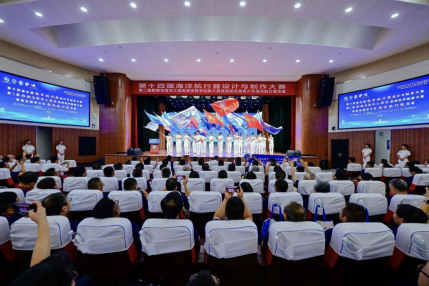
At the opening ceremony, Wang Junli, Vice Chairman and Secretary-General of the China Society of Naval Architects and Marine Engineers, stated that China’s shipbuilding industry currently maintains a substantial order backlog and leads in technological advancement, reflecting a promising development momentum. Riding on this positive industry trend, the competition—initiated by the industry, guided by the government, and participated in by universities—has become an important platform for young students in naval architecture and ocean engineering to innovate, practice, exchange, and showcase their talents. He expressed his hope that the event will provide young talents in the field with an open, innovative, and win-win platform for exchange and collaboration, further promote cooperation among government, industry, academia, and research institutions, deepen the integration of industry, education, research, and application, and collectively inject strong impetus into the high-quality development of the ship and ocean engineering industry.
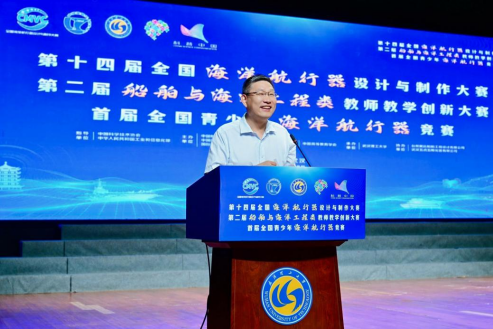
President Wang Fazhou pointed out that the competition effectively leverages the strengths of both the industry and higher education institutions, vigorously promoting industry-academia-research collaboration and disciplinary development in the field of naval architecture and ocean engineering. By closely integrating its educational mission with national maritime strategies, the event serves not only as a concrete implementation of the integrated national strategy for education, technology, and talent development, but also as a practical response to the national call to “accelerate the building of a strong maritime country.” Moreover, it represents a far-sighted initiative to cultivate future talent for China’s ocean-related endeavors. The university will actively shoulder the responsibility of advancing the construction of a strong education system, a robust scientific and technological sector, and a high-quality talent pool. Focusing on the goal of nurturing “three-leading talents” — those capable of leading technological frontiers, driving industrial innovation, and supporting regional development — the institution is dedicated to cultivating more individuals with both innovative spirit and practical capabilities, thereby providing solid support for the nation’s modernization efforts.
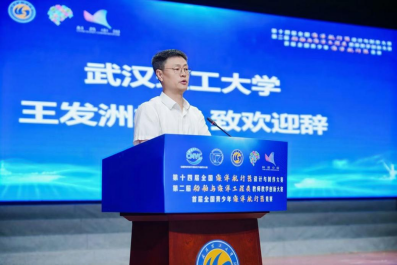
This year's competition featured seven categories for university and research institute participants: Innovation, Creativity & Entrepreneurship; Design & Construction; Intelligent Ships and Ocean Engineering Technology; Famous Vessel Model Simulation; Ship Model Racing; Sailboat Model Racing; and an Ocean Knowledge Contest. Entries covered cutting-edge and hot topics in marine technology such as intelligent navigation, green power, deep-sea exploration, and new materials.Concurrently, the event hosted the 2nd Teaching Innovation Contest for Naval Architecture and Ocean Engineering faculty and introduced the first-ever Youth Marine Vehicle Competition for primary to high school students. By integrating university innovation, teaching excellence, and youth popular science practice, the competitions broke down educational barriers and effectively promoted integrated talent development across all academic stages.
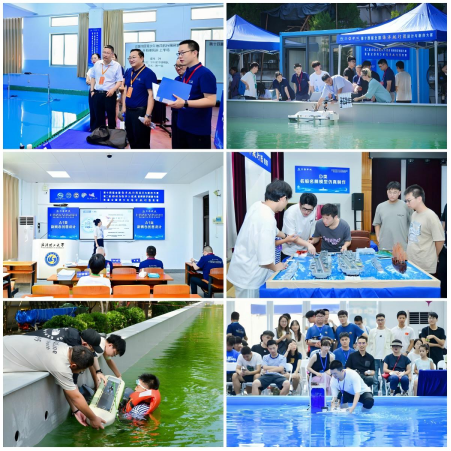
After intense competition across various segments, including offline presentations, model demonstrations, and practical operational contests, awards including the Grand Prize, First Prize, and Second Prize were distributed proportionally across all categories.
At the closing ceremony, Vice President Luo Rong expressed that the university aims to leverage this opportunity to further advance its strengths in naval architecture and ocean engineering, deepen collaboration with domestic and international peer institutions, research organizations, and industry partners, and enhance the integration of industry, academia, research, and application as well as industry-education cooperation. These efforts are intended to inject new momentum into the development of the discipline and the progress of the industry, contributing to the national goals of building a strong education system, a robust maritime sector, and a advanced transportation infrastructure.
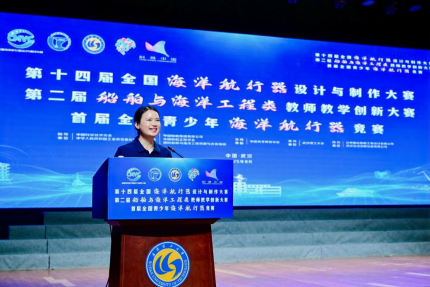
During the event, nearly 50 teachers and students from six primary and secondary schools in Hong Kong attended for observation and learning. Concurrently, an inter-school exchange seminar and project roadshow on naval architecture and ocean engineering were held.
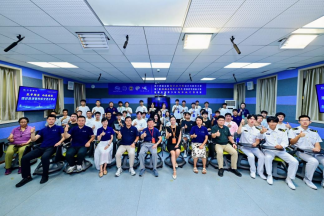
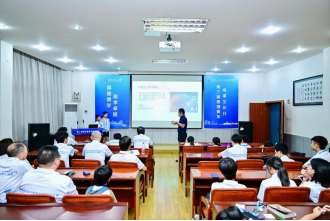
Prior to the competition, the organizing committee conducted a live group draw and an online Q&A session to meticulously facilitate event preparations. Detailed documents such as the 《Competition Handbook》 and 《Evaluation Plan》 were formulated. The event featured a high-level panel of experts led by academicians and master ship designers, with professionals from industry enterprises, research institutes, and academic institutions forming both the expert committee and the judging panel, providing authoritative support for the evaluation process. Meetings were held for the organizing committee, judges, and team leaders, during which Vice President Mai Liqiang attended and delivered a speech.
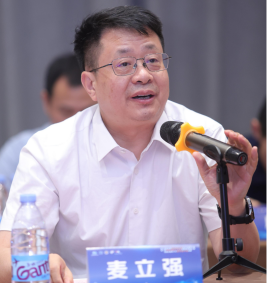
At the opening ceremony, alumni and current students of the university presented a recitation titled 《The Road to Excellence》 which vividly illustrated the institution's achievements in naval architecture and ocean engineering disciplines as well as its thorough preparations for the event. A thematic exhibition on maritime culture was also set up on site, attracting numerous participants and visitors to stop and explore, becoming a highlight during the competition.
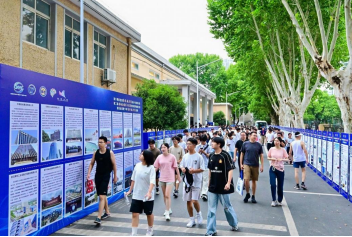
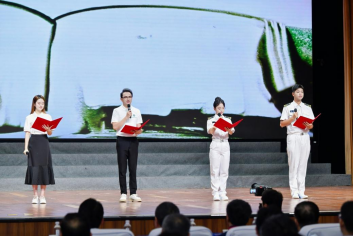
It is reported that the National Marine Vehicle Design and Production Competition, launched in 2012, has been successfully held for fourteen editions so far. It has become the highest-level, largest-scale, and most comprehensive contest in the field of naval architecture and ocean engineering in China, representing the pinnacle of university student innovation competitions in this domain. This year's competition attracted 3,345 teams and over 16,000 students from nearly 400 institutions across the country. Over the two competition days, more than 2.7 million viewers watched the events online, setting a new record in scale and further expanding the influence and recognition of the competition. The successful hosting of this year's event by our university was made possible thanks to its robust comprehensive disciplinary strength and favorable ecosystem for innovation and entrepreneurship. The next edition of the competition will be held at Beijing Institute of Technology.
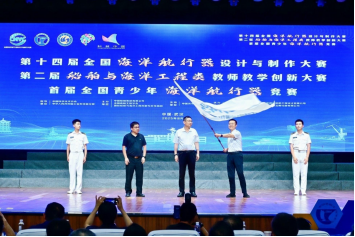
The successful hosting of this year's competition by our university was made possible by its solid comprehensive disciplinary strength and a vibrant environment for innovation and entrepreneurship. As the lead organizing unit, the College mobilized its entire resources and spent months in preparation. More than 70 faculty members and over 200 student volunteers devoted themselves to all aspects of the event, sacrificing their personal holiday time. From planning and logistics to organization and execution, the College conducted repeated rehearsals of all key processes to ensure the complete success of the competition.

The event was attended by leaders, experts, and alumni from over 100 institutions, including the China Society of Naval Architects and Marine Engineers, China State Shipbuilding Corporation Limited, China Merchants Industry Holdings, the Teaching Guidance Committee for Marine Engineering Majors in Higher Education Institutions under the Ministry of Education, the Hong Kong Institute of Maritime Technology, the Hubei Association for Science and Technology, and Shanghai Jiao Tong University. Also participating were representatives from various functional departments and schools of the host university, such as the Party and Administration Office, Publicity Department, Student Affairs Office, Youth League Committee, Yujiatou Campus Management Committee, Undergraduate Academy, Graduate Student Affairs Office, Network Center, University Hospital, School of Transportation and Logistics Engineering, School of Naval Architecture, Ocean and Energy Power Engineering, School of Shipping, Center for Ship and Cruise Research, and Intelligent Transportation Center, alongside faculty and student representatives from competing institutions.